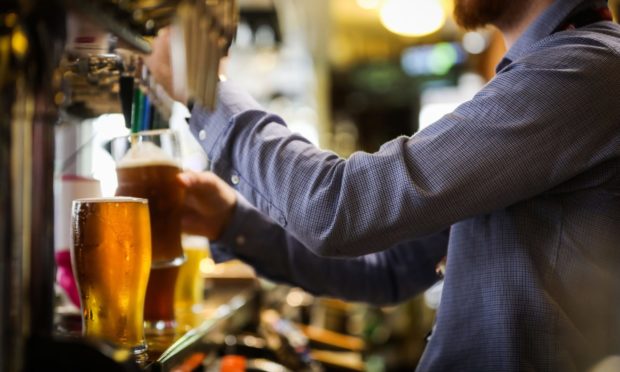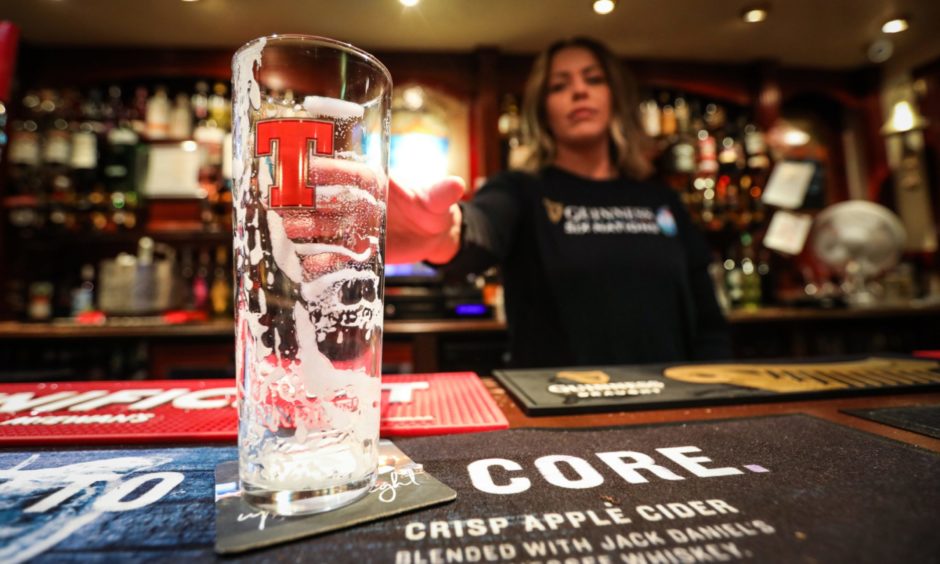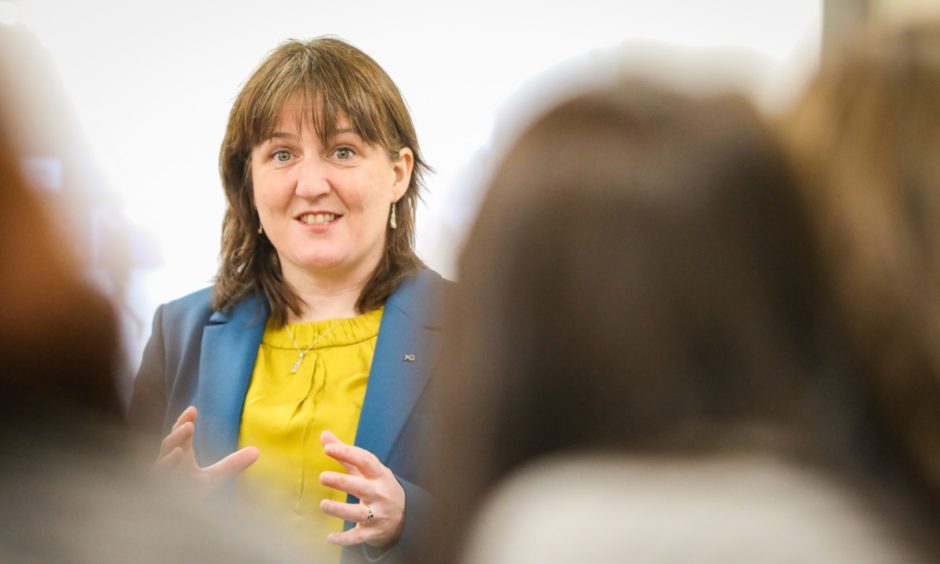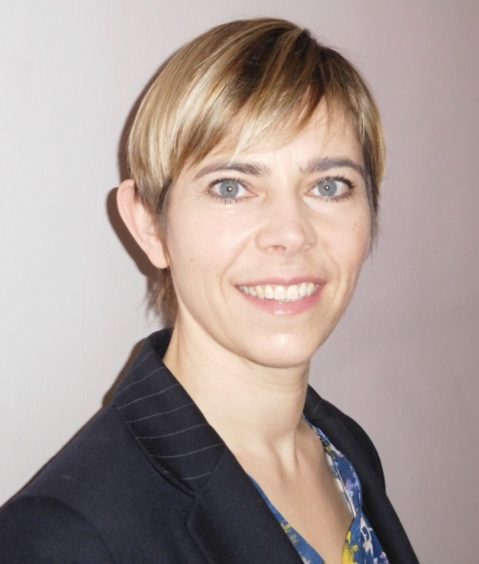Alcohol sales in Scotland have dropped to the lowest levels since records began in 1994 but are still higher than England and Wales.
The nation’s battle with the bottle has led to public health concerns, amid several campaigns launched to reduce consumption.
A report from Public Health Scotland has revealed sales have reached a new low, with lockdown accelerating a downwards trend.
The annual report shows alcohol sales per adult reached its lowest level in 2020 for 26 years.
However, the study warns that the average weekly consumption of 18 units still “substantially” exceeds the recommended weekly total of 14 units.
Meanwhile, alcohol continues to be a leading cause of illness and early deaths, with 1,020 people dying in 2019 from a cause wholly attributable to drink.
Public Health Scotland says the rates of death remain higher in the most deprived parts of the country.
Dr Elizabeth Richardson, public health intelligence adviser at Public Health Scotland, said this year’s drop was the biggest single-year decrease since records began.
But she added: “Despite these trends, the most recent survey data show that nearly a quarter of people still drink more than the recommended low-risk weekly guideline.
“Among people exceeding the guideline, it is those in the lowest-income group who are likely to consume the most.
“An average of 20 people per week die as a result of their alcohol consumption, and whilst this latest figure represents the lowest rate since 2012, again it is those in the most-deprived areas that are more likely to be hospitalised or die because of an alcohol-related harm.
“Like all harm caused by alcohol, this is preventable.”
What is causing sales to drop?
The three-year decline in alcohol consumption has coincided with the introduction of controversial minimum unit pricing legislation in 2018.
However, the coronavirus pandemic has accelerated the decline while pubs, bars and restaurants were closed during most of 2020.
Figures from Public Health Scotland show an increase in supermarket and off-licence alcohol sales during the same period, but not enough to make up for the closure of hospitality venues.
Public Health Minister Maree Todd said: “Clearly Covid-19 and the associated restrictions have had a dramatic impact on the hospitality trade, but these figures demonstrate that the restrictions in place did not simply translate into an increase in the total amount of alcohol being consumed.
“In fact, the opposite is the case. We have already seen that alcohol sales were falling since the introduction of our world-leading minimum unit pricing (MUP) policy in 2018.
“We know that it will take longer for the full impact of reduced consumption to feed through into health-related statistics, but I am more convinced than ever that MUP is one of the main drivers in reducing alcohol harms.
“We continue to make progress in reducing inequalities across a number of public health areas – remaining focused on addressing the underlying causes that drive health inequalities and doing more to address harms from alcohol.”
Health concerns remain about alcohol
Charity Alcohol Focus Scotland has welcomed the reduction is drink consumption as “encouraging”.
However, the group has called on MUP to be increased from 50p to 65p per unit to take into account nine years of inflation since the price was proposed by the Scottish Government.
Chief executive Alison Douglas has also warned lockdown has led to heavier drinking among some groups in Scotland.
She told BBC’s Good Morning Scotland: “Scotland has been a nation of home drinkers for some time now.
“We do need to be concerned that patterns of increased home drinking have been established during the last year.
“We know that some people who drink heavily have been drinking more heavily over the last year – more people are going to need help in the future.”



